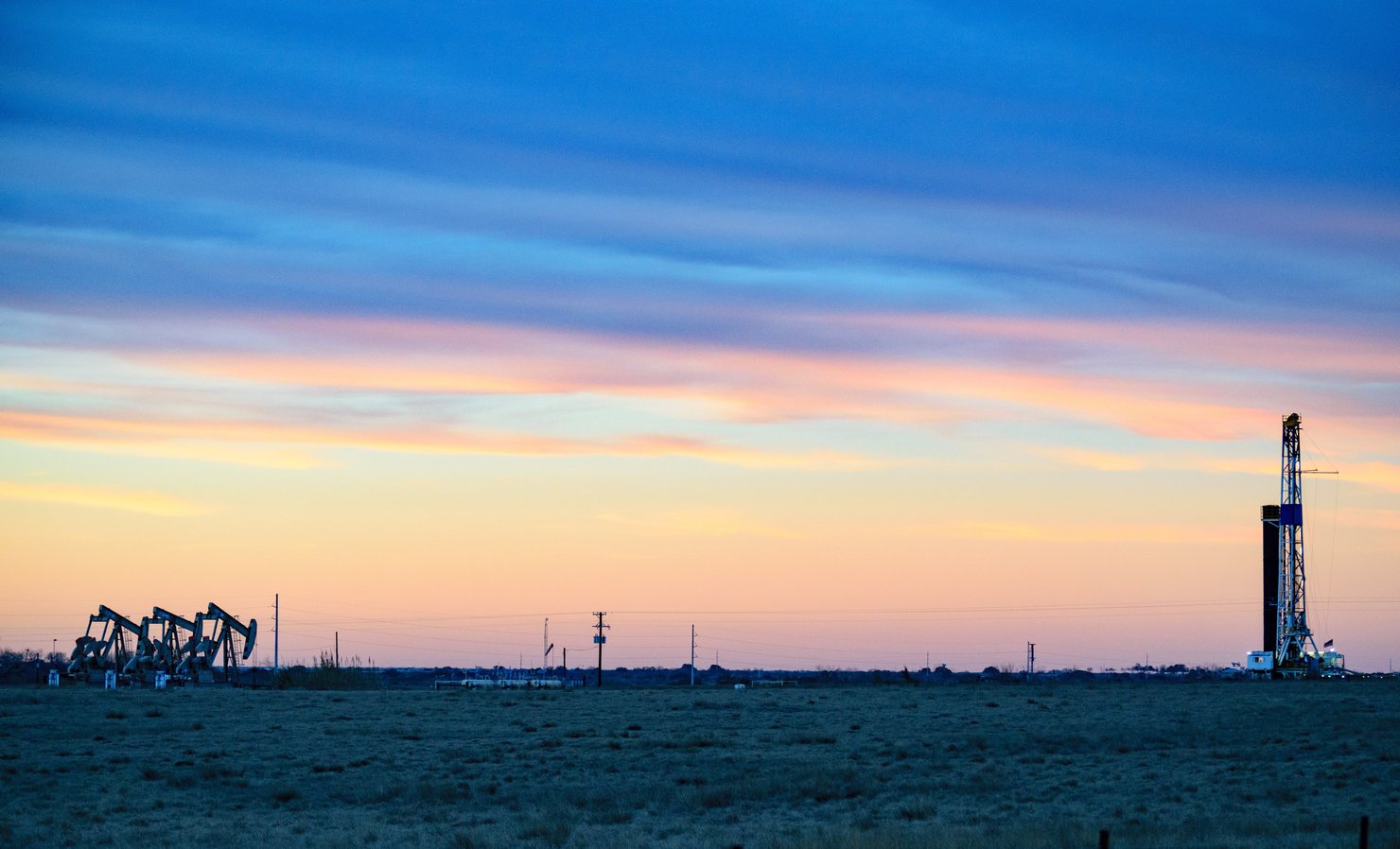Each week, we’re compiling the most relevant news stories from diverse sources online, connecting the latest environmental and energy economics research to global current events, real-time public discourse, and policy decisions. Here are some questions we’re asking and addressing with our research chops this week:
How will reconciliation legislation impact the federal government’s procurement decisions?
Senate Democrats are racing to finalize a reconciliation package, working from a bill that passed the House of Representatives last month while navigating any lingering disagreements about climate policy, inflation, and the legislation’s ultimate price tag. Majority Leader Chuck Schumer (D-NY) has aimed to pass the bill into law as soon as next week and ideally before Christmas—a challenging time line, given that Congress also has to lift the debt ceiling and pass a defense appropriations bill. The reconciliation package could shift in the coming weeks, as the Senate parliamentarian may soon weigh in on whether planned provisions align with the Senate’s arcane rules for the reconciliation process; nonetheless, final legislation is expected to include significant spending on clean energy and climate change mitigation strategies. For instance, the White House has released a fact sheet of planned provisions that references the use of government procurement to help decarbonize the construction and transportation industries.
President Joe Biden has consistently supported federal procurement—the process by which the government purchases goods and services—that moves the market toward cleaner alternatives. In a recent blog post, RFF Senior Fellow Alan Krupnick explores the “green” procurement measures included in draft reconciliation legislation, including $1 billion for low-carbon materials in highway construction and nearly $9 billion for the purchase of electric vehicles and charging stations. Krupnick also lays out why the government’s procurement decisions could prove significant, writing that “if those purchases are large enough relative to the size of the market, the purchase decisions can help reduce prices through economies of scale and change the product mix.” And, while policies to boost electric vehicles and less carbon-intensive highway construction materials have their benefits, Krupnick also notes the bill’s “relatively limited ambition” when it comes to procurement decisions. In an upcoming blog post, Krupnick will explore how an executive order issued this week builds on the reconciliation package and shows the Biden administration’s commitment to greening procurement.
Related research and commentary:

How have people in Pennsylvania been impacted by the rise of fracking in the state?
Among candidates in the Pennsylvania race for the US Senate, views on fracking don’t follow partisan lines. Pennsylvania Lieutenant Governor John Fetterman and Representative Conor Lamb (D-PA), two leading Democratic candidates who are vying to flip outgoing Republican Senator Pat Toomey’s seat, have been sympathetic to the industry but have called for stricter environmental regulations. Meanwhile, other candidates in the race have supported a fracking moratorium. The practice, which involves blasting chemicals, water, and sand underground to extract natural gas, can degrade local water sources and negatively impact public health—but it’s also been an economic boon for some private landowners. Last year, gas wells in Pennsylvania produced the largest volume of natural gas ever produced annually in the state. The politics of fracking in Pennsylvania remain complex: a grand jury report last year concluded that the state has regulated the industry insufficiently, and a poll conducted last spring found that a majority of Pennsylvania voters support the immediate or eventual end of fracking.
On a new episode of the Resources Radio podcast, New York University Professor Colin Jerolmack shares insights from his book Up to Heaven and Down to Hell: Fracking, Freedom, and Community in an American Town, which explores how fracking has transformed the rural Pennsylvania town of Williamsport. Jerolmack outlines the changes that many residents have experienced since leasing their land to gas companies, from earning money through monthly gas royalties to dealing with degraded water quality. Jerolmack also explains how the messaging of some activists can conflict with Williamsport residents’ pride in providing energy to the nation and retaining sovereignty over their land—especially when celebrity “fractivists” are seen as urban outsiders. Ultimately, Jerolmack highlights that fracking has altered the lives of Williamsport residents in unanticipated ways. “One of the things that [people who leased their land for fracking] didn’t really recognize was how much autonomy they would lose over their own estate,” Jerolmack says. “People didn’t really understand how much they were turning over their property to the gas companies, who could then tell you what you could and couldn’t do.”
Related research and commentary:

Image of Amazon River provided by a Landsat satellite
Now that Landsat 9 has launched, how can improved satellite imagery help measure climate impacts and inform public policy?
NASA and the US Geological Survey published the first images of Earth taken by satellite Landsat 9 last month as it continues its 100-day test period and monitors shifts in land use and natural resources across Earth. The ninth-generation satellite, part of the Landsat program that has been deploying satellites continuously since 1972, was launched this September with the goal of flying concurrently with Landsat 8 and eventually replacing the aging Landsat 7. The satellite—which will scan the Earth from over 400 miles above ground and provide photos with such granularity that each pixel represents an area about 30 meters across—is designed to provide context on water use, wildfire impacts, ice-shelf retreat, deforestation, and more. With access to highly detailed satellite imagery, researchers and policymakers can better understand the escalating impacts of climate change.
RFF’s VALUABLES Consortium, a collaboration between RFF and NASA, measures and communicates the value of using satellite information in decisions that benefit people and the environment. VALUABLES has released nine explainers in its ongoing “Value of Science” series, which explores the key terms, concepts, and methods that scientists and decisionmakers can use to quantify the socioeconomic benefits of their work. Three recent explainers describe how Earth scientists can use the VALUABLES impact assessment framework to quantify the socioeconomic benefits derived from using improved data from satellites to inform decisions, while earlier explainers describe ways to categorize the benefits of new scientific information—from nonquantifiable to monetized—market values. To learn more about VALUABLES-supported research projects that measure how satellite data can improve decisions and societal outcomes, RSVP to an event next Friday, in which scholars from research institutions across the United States will join the VALUABLES team to describe their projects on human health, harmful algal blooms, and deforestation.
Related research and commentary:

Our #FactOfTheWeek explores the world’s longest-running satellite imagery program.
NASA / Unsplash
1972
The Landsat program, a joint venture between NASA and the US Geological Survey, has been ongoing since 1972. The ninth-generation satellite Landsat 9 was launched into orbit earlier this year.








